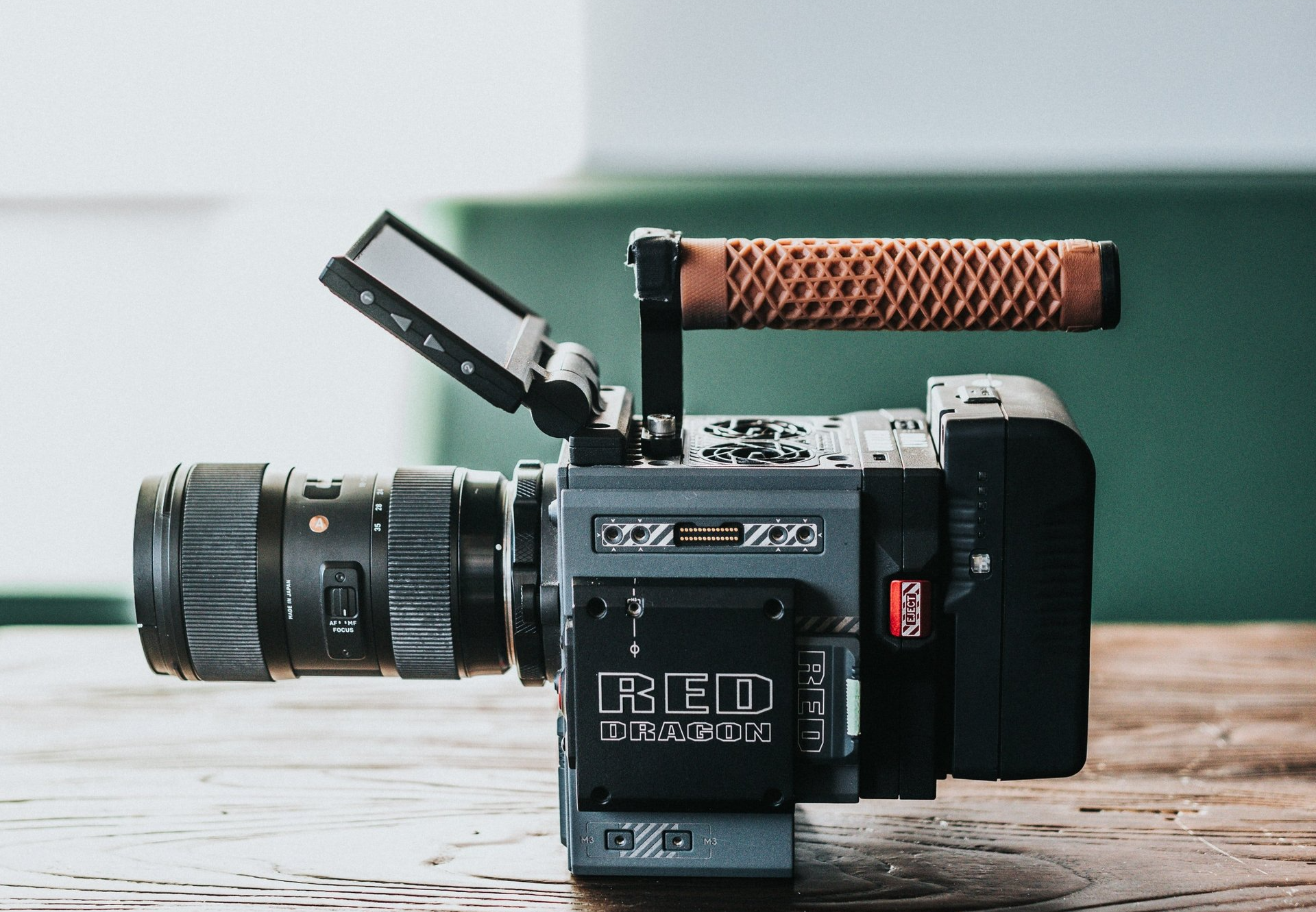How to Insure You Send Out the Highest Quality Video Stream
Andrew Maisner, TV Pro Gear President • February 25, 2021
Of course video and audio quality are always important no matter what the form of content distribution. However, achieving the highest possible quality when streaming video to the Internet is demanding. There are a few things you need to know to make your stream as good as possible.

First of all, bandwidth is a limiting factor
Viewers with fast connections to the Internet will have sharper images and smoother motion than viewers with slower Internet connections. While you cannot control your viewers’ connection to the Internet, there are things you can do that will ensure that they get they best image quality possible given the speed of their connection.
Video must be compressed in order to transmit it over the Internet
All else equal, the more compression, the worse the image looks. But if the video is not compressed enough, it will not playback smoothly. So, it is always a compromise. Some images compress better than others. Compression works by describing a frame of video as a stream of 1’s and 0’s. Since the next frame is likely to be very similar to the preceding frame, the compression device (encoder) does something like this, “the next frame is the same as the last frame except for these differences”.
Rule #1: Reduce the amount of panning and zooming for better compression
As you can imagine, a video in which the camera is constantly panning, tilting or zooming cannot be compressed as well as a static shot because there is so much difference from frame to frame. Also, a talking head can be compressed better than a shot of a basketball game where everyone is running around within the frame.
Rule #2: Shoot with professional broadcast quality cameras
Cheap cameras put out images that have more grain. Grain is also called video noise. If you think about it, that noise is constantly changing from frame to frame, thus it will not compress as well. Also, low light can result in an image with more grain. High-end cameras require less light for a full exposure. Hence, video from high quality cameras compresses better.
Rule #3: When it comes to encoders, you get what you pay for
If you are shooting an event with multiple cameras, they will feed into a switcher. The live cut output of the switcher will go into an Internet encoder. This device takes the real-time images, analyses them and applies a compression algorithm to them. The most common algorithm in use today is MPEG4 h.264. Uncompressed video runs at 168 million bits of information per second. It must be compressed to as little as 1 million bits per second. So a lot of information processing is going on at ultra high speeds. The do this requires an Internet encoder with a lot of horsepower (well actually is procession power as horses are not used for encoding). TV Pro Gear helped build the encoding center used to stream NFL/NBC football. We also helped build the streaming center used for the last Winter Olympics. Here is what we learned. Cheap encoders aren’t good. Good encoders aren’t cheap.





